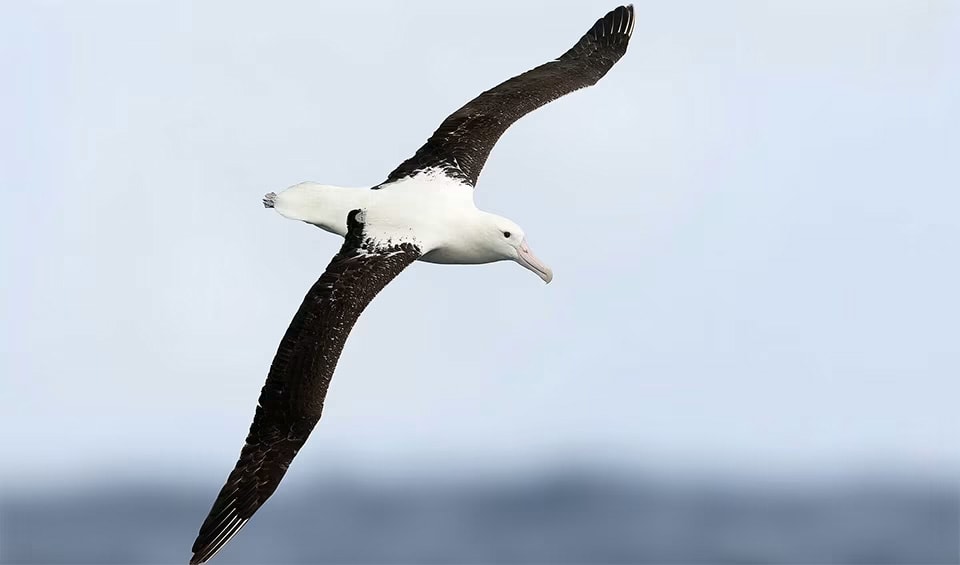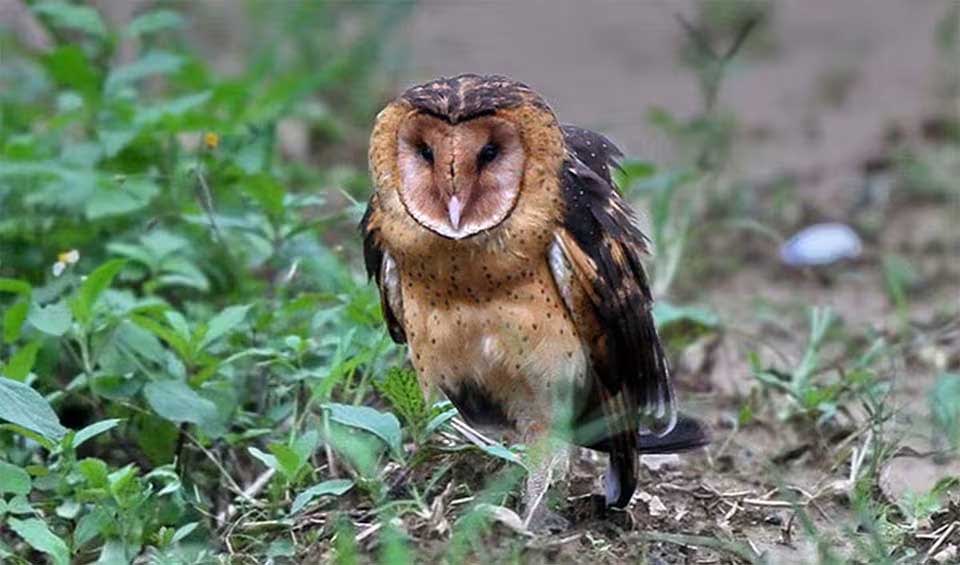Located east of Australia and south of Vanuatu, New Caledonia is characterized by its diverse geography. Grande Terre, the largest island, features a mountainous spine, rich valleys, and extensive coastal plains. The climate is tropical, with a warm and humid atmosphere moderated by trade winds. This climate supports a wide variety of ecosystems, from dense rainforests to dry forests and mangrove swamps.
Its landscapes are breathtakingly diverse. Grande Terre is dominated by the central mountain range, with Mount Panié being the highest peak. The island’s east coast is lush and green, while the west coast features drier terrain and expansive plains. The Loyalty Islands and the Isle of Pines are known for their pristine beaches, crystal-clear waters, and unique rock formations. The surrounding coral reefs, including the UNESCO-listed New Caledonian Barrier Reef, are some of the most extensive and well-preserved in the world.
Four pillars elaborated:
Currently, New Caledonia’s Biodiversity Hotspot retains 5,050 km² (1,950 mi²) of relatively pristine habitat, comprising 4,000 square kilometers of rainforest and 1,000 km² (386 mi²) of low- to mid-altitude maquis. Sclerophyllous forest, which once covered approximately 23%of New Caledonia, now survives in a patch of about 45 km² (17 mi²). Land Management
Land Management
To conserve its natural heritage, New Caledonia has established numerous protected areas, including the Parc Provincial de la Rivière Bleue and the Réserve Naturelle du Mont Panié, which safeguard critical habitats for endangered species. Additionally, marine protected areas, such as parts of the Barrier Reef, are managed to preserve the health of coral ecosystems.
The biodiversity of New Caledonia is currently threatened by several factors. Nickel mining, a major economic activity, has led to extensive deforestation, habitat destruction, and pollution, severely impacting streams and coral reefs. Logging, despite the depletion of valuable timber species, continues to threaten habitats of species with restricted ranges. Hunting and habitat modification have caused multiple extinctions and still endanger species like the New Caledonian imperial-pigeon and flying foxes. Threats to Biodiversity
Threats to Biodiversity
The international demand for rare species also threatens vulnerable populations, including the horned parakeet and an endemic cephalopod. Additionally, the introduction of alien species, such as black rats, Javan deer, and fire ants, has been devastating, with nearly 800 alien plants and over 400 alien invertebrates outcompeting native species, leading to significant ecological disruption.
The New Caledonia government has implemented several significant measures to conserve its rich biodiversity. Key efforts include the expansion of protected areas, such as the Mount Panié Wilderness Reserve, in partnership with Rainforest Trust and local organizations to safeguard habitats for threatened species. The creation of the vast Natural Park of the Coral Sea, covering 1.3 million km² (501,933 mi²) and managed with Indigenous Kanak knowledge, provides sanctuary for sharks, whales, turtles, and dugongs. Additionally, 10% of this marine park is designated as “highly protected” to preserve critical marine ecosystems. Capacity and Governance
Capacity and Governance
Conservation initiatives integrate the Kanak cultural vision, involving customary authorities in park management and developing community-based management models that combine local rules with scientific and modern tools. The “ridge to reef” approach is also employed to improve watershed and coastal area management, preventing sedimentation impacts on marine ecosystems. These initiatives reflect a comprehensive strategy that blends scientific research, traditional knowledge, and community engagement to protect New Caledonia’s unique ecosystems and cultural heritage.
New Caledonia’s Biodiversity Plan 2030 aims to mitigate biodiversity pressures and support priority sectors in minimizing their impacts. It emphasizes increasing economic benefits for Small Island developing States and least developed countries through the sustainable use of marine resources. As part of this effort, New Caledonia has expanded its strictly protected marine areas to cover 10% of its waters, aligning with the global target of protecting 30% of the world’s oceans by 2030, thereby safeguarding crucial marine habitats. The plan also sets targets for protecting and restoring nature by 2030, including reducing pollution, preventing species extinction, and restoring degraded ecosystems. Future Trends
Future Trends
Biodiversity
New Caledonia, a French territory in the southwest Pacific, is renowned for its exceptional biodiversity, which is among the richest and most unique in the world. The archipelago includes the main island, Grande Terre, along with several smaller islands and a vast lagoon surrounded by one of the world’s largest coral reef systems. This diverse range of habitats, from tropical rainforests and mangroves to savannas and reefs, supports an incredible variety of plant and animal species. Notably, New Caledonia is home to over 3,000 plant species, two-thirds of which are endemic, including the iconic and ancient Araucaria trees.The fauna of New Caledonia is equally remarkable. The islands are home to unique species, such as the flightless kagu, a bird found only in New Caledonia, and the New Caledonian crow, known for its advanced tool-using abilities. The marine biodiversity is equally impressive, with the coral reefs hosting an array of marine life, including numerous species of fish, sea turtles, and dugongs. The reef system not only supports a high level of marine biodiversity but also plays a crucial role in the global marine ecosystem.
In the table below are the number of known species in several main groups, how many of these species are Threatened with extinction, and how many of them are Endemic (unique to New Caledonia only):
| Species (World rank) |
Threatened | % Threatened | Endemic | % Endemic | |
|---|---|---|---|---|---|
| Mammals | 37 (#170) | 9 | 24.3% | 6 | 16.2% |
| Birds | 128 (#184) | 19 | 14.8% | 27 | 21.1% |
| Reptiles | 159 (#58) | 54 | 34.0% | 100 | 62.9% |
| Amphibians | 1 (#192) | ||||
| Fishes | 2,416 (#13) | 59 | 2.4% | 10 | 0.4% |
| Plants | 3,891 (#89) | 350 | 9.0% | 329 | 8.5% |
mammals
Pantropical spotted dolphin
A champion swimmer and a social butterfly of the warm seas
Common bottlenose dolphin
Known for their acrobatic leaps, twisting and turning gracefully as they jump completely out of the water
birds
Royal albatross
These mighty birds have the longest wingspan, second only to wandering albatrosses
Fan-tailed cuckoo
The yellow eye-ring cuckoo of Australia
Australian grass-owl
This shy, nocturnal predator spends its life in open areas of grassland and cane fields but is rarely seen
reptiles
Loggerhead sea turtle
One of the largest and strongest sea turtles in the world
Leatherback sea turtle
The mysterious diver of the ocean is the largest and only sea turtle without a hard shell and scales
Yellow-bellied sea snake
The most widespread species of snakes on earth are found throughout the Indian and Pacific Oceans and from Africa to Central America
National Animals
Kagu
The elusive ghost of the forests from New Caledonia













